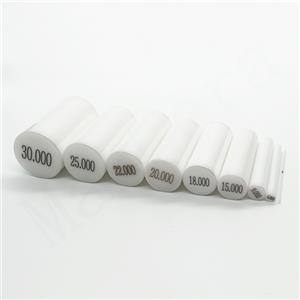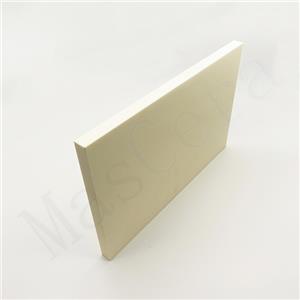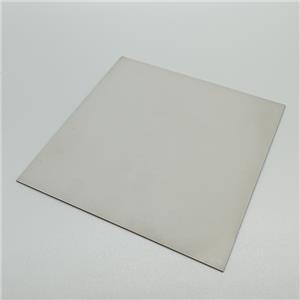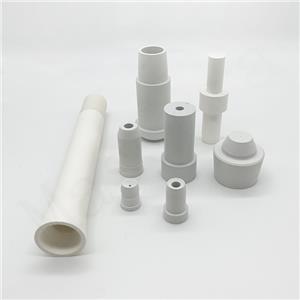Ceramic Substrate Series - The main applications of alumina ceramic substrates
Ceramic substrates are widely used in various fields such as power electronics, electronic packaging, hybrid microelectronics, and multi-chip modules due to their excellent thermal conductivity and air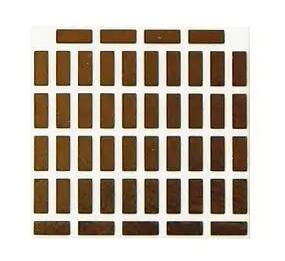 tightness. Among them, alumina ceramic is the most commonly used ceramic substrate material, favored for its overall good performance. The advantages of alumina ceramic substrates include excellent insulation performance, exceptional high-temperature resistance, high strength and hardness, outstanding chemical stability, and good processability. They effectively isolate circuits, withstand high temperatures, resist chemical corrosion, and meet complex processing and high-precision dimensional requirements. The main applications of alumina ceramic substrates are as follows:
tightness. Among them, alumina ceramic is the most commonly used ceramic substrate material, favored for its overall good performance. The advantages of alumina ceramic substrates include excellent insulation performance, exceptional high-temperature resistance, high strength and hardness, outstanding chemical stability, and good processability. They effectively isolate circuits, withstand high temperatures, resist chemical corrosion, and meet complex processing and high-precision dimensional requirements. The main applications of alumina ceramic substrates are as follows:
Ceramic substrates for chip resistors
Alumina ceramic substrates for resistors offer advantages such as small size, light weight, low coefficient of thermal expansion, high reliability, high thermal conductivity, and density. They greatly improve the reliability and wiring density of circuits, making them an ideal carrier material for chip resistor components.
Ceramic substrates for hybrid integrated circuits
Hybrid integrated circuits involve packaging multiple components, with at least one of them being active. These complex circuits are created by installing the components on metal conductor-insulator sheets produced through thick-film or thin-film processes. The substrate provides mechanical support for the circuit, serves as the deposition site for dielectric and resistance materials, and offers mechanical support for all passive and active chip elements. Alumina, beryllia, silicon dioxide, and aluminum nitride are commonly used substrates for hybrid integrated circuits. However, considering cost and performance, alumina substrates with smooth surfaces are widely used. The quality and grades of alumina substrates vary depending on the alumina content. Common options include 99.6% alumina for thin-film circuits and 96% alumina for thick-film circuits. Multilayer co-fired alumina ceramics generally use alumina green sheets with alumina content ranging from 90% to 95% as the base material.
For packaging power electronic devices, substrates need to provide not only basic wiring (interconnection) functions but also high thermal conductivity, insulation, heat resistance, pressure resistance, and thermal matching capabilities. Metal-ceramic substrates such as DBC (Direct Bonded Copper) and DPC (Direct Plated Copper) have superior performance in terms of thermal conductivity, insulation, pressure resistance, and heat resistance. They have become the preferred materials for power device packaging and are gradually gaining market recognition. The most common substrate material for device packaging is alumina (Al2O3), typically with an alumina content of 96%. Alumina substrates are mature in terms of technology and have low cost.
Alumina ceramic substrates for LEDs
High-power LED heat dissipation substrates are primarily composed of ceramic substrates. The most commonly used high-power ceramic substrates in the market are LTCC (Low-Temperature Co-Fired Ceramic) and DPC (Direct Plated Copper). Ceramic materials such as alumina and aluminum nitride are used. Alumina ceramic substrates for LEDs possess high heat dissipation and air tightness, which improve the LED's luminous efficiency and lifespan. Their excellent air tightness also provides high weather resistance, allowing them to be used in various environments.
XIAMEN MASCERA TECHNOLOGY CO., LTD. is a reputable and reliable supplier specializing in manufacturing and sales of technical ceramic parts. We provide custom production and high precision machining for a wide series of high performance ceramic materials including alumina ceramic, zirconia ceramic, silicon nitride, silicon carbide, boron nitride, aluminum nitride and machinable glass ceramic. Currently, our ceramic parts can be found in many industries like mechanical, chemical, medical, semiconductor, vehicle, electronic, metallurgy etc. Our mission is to provide the best quality ceramic parts for global users and it is a big pleasure to see our ceramic parts work efficiently in customers' specific applications. We can cooperate on both prototype and mass production, welcome to contact us if you have demands.

